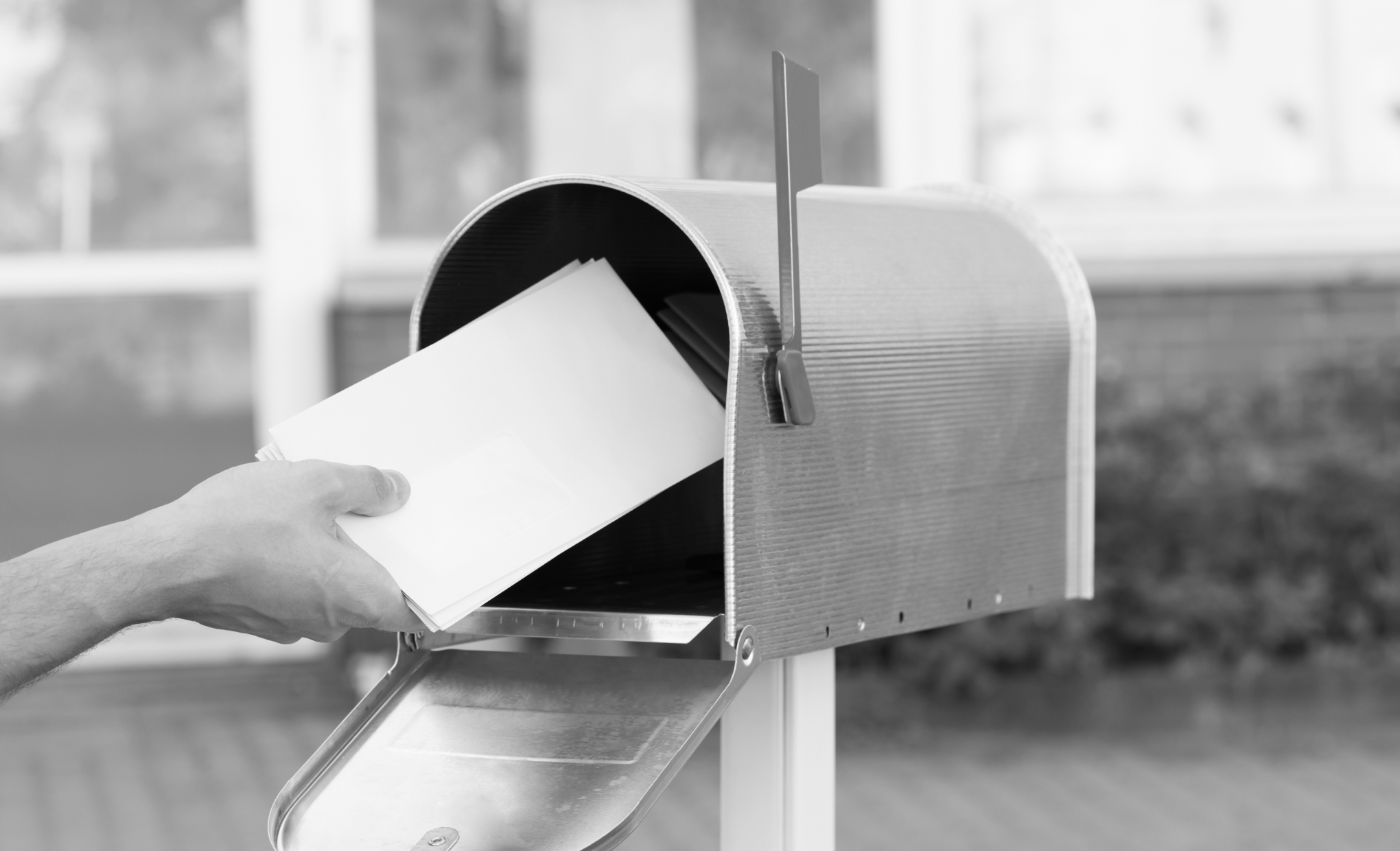In the 19th and early 20th century, letter carriers knocked on doors and waited for someone to answer and accept the day’s mail. It’s estimated that carriers lost an hour and a half each day just waiting for people to come to the door! The practice went on for a while, but eventually the Post Office decided to address the inefficiency. That’s why, in 1923, the Post Office Department mandated that every household must have a mailbox or letter slot to receive mail. The mandate has been in place ever since, and today, residential mailboxes have become such standard parts of our lives that we barely give them a second thought. However, modern residential mailboxes do have certain regulations they must meet. For example, they must be strong enough to withstand inclement weather, have a signaling device to notify carriers when mail is ready to be picked up, and must be able to fit letters, papers, and magazines easily. Residential mailboxes that meet the Post Office’s list of criteria are stamped “Approved by the Postmaster General.” Notably, personalizing the appearance of residential mailboxes is a trend in some areas, particularly along more rural postal routes. Some people even try to spot unique mailboxes as a form of entertainment while on road trips!

Your go-to guide for weird history facts
Subscribe to the FREE daily email that makes learning about history fun.


